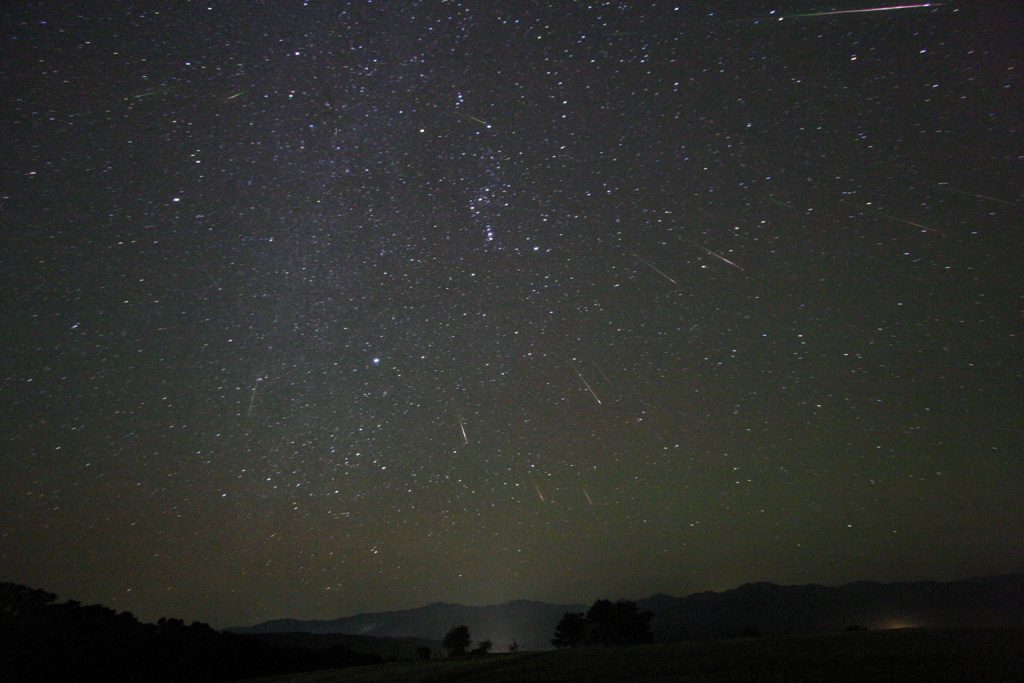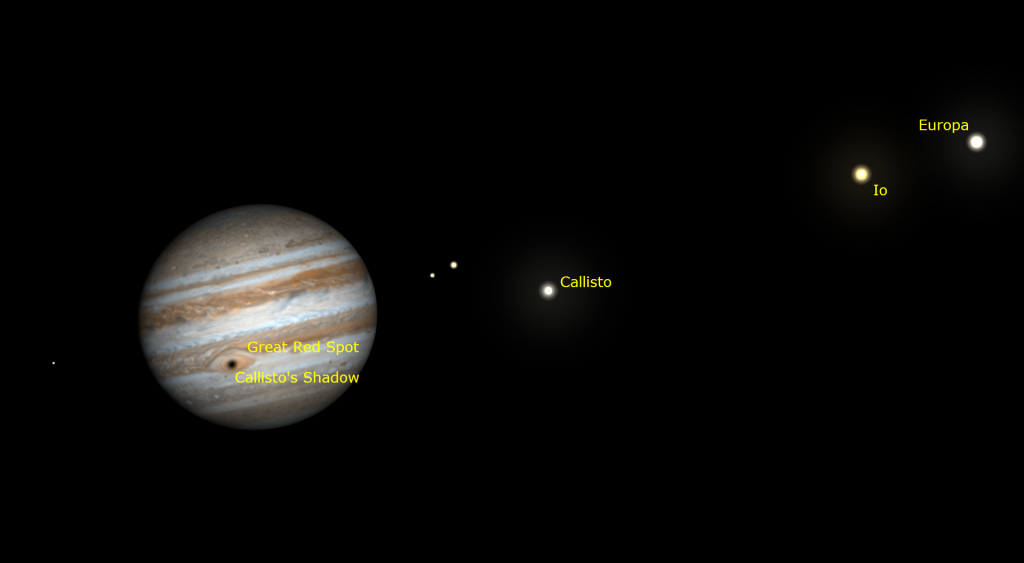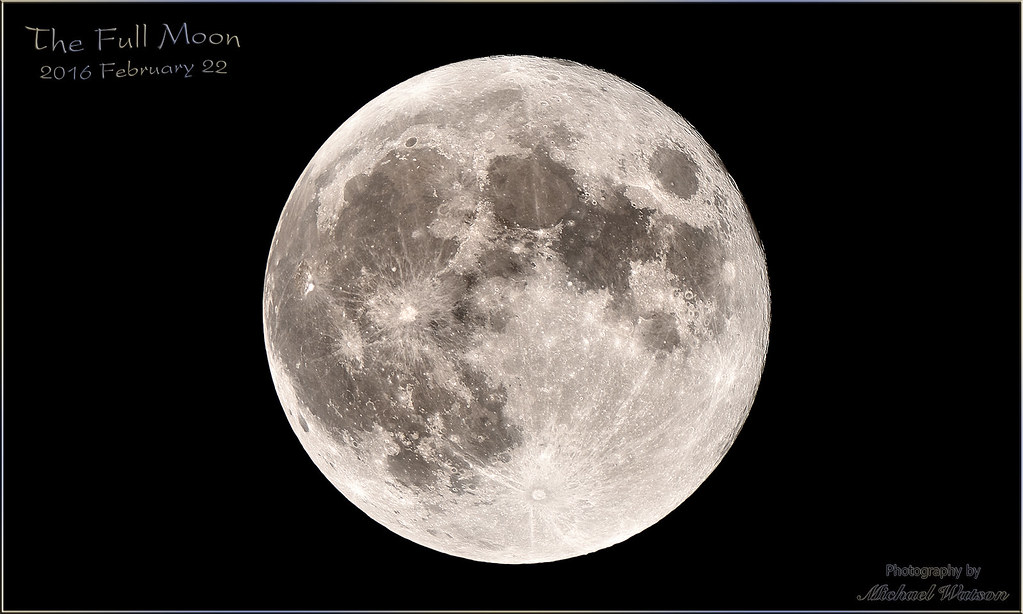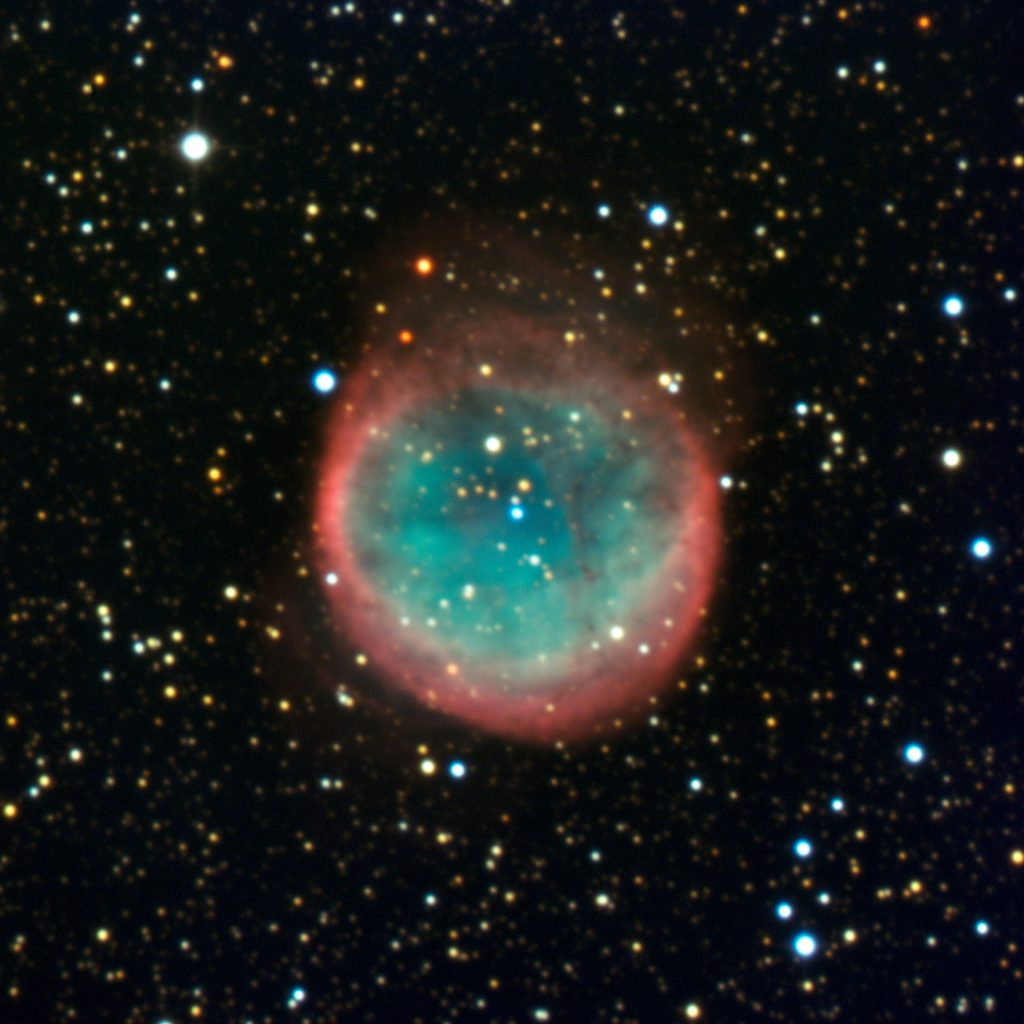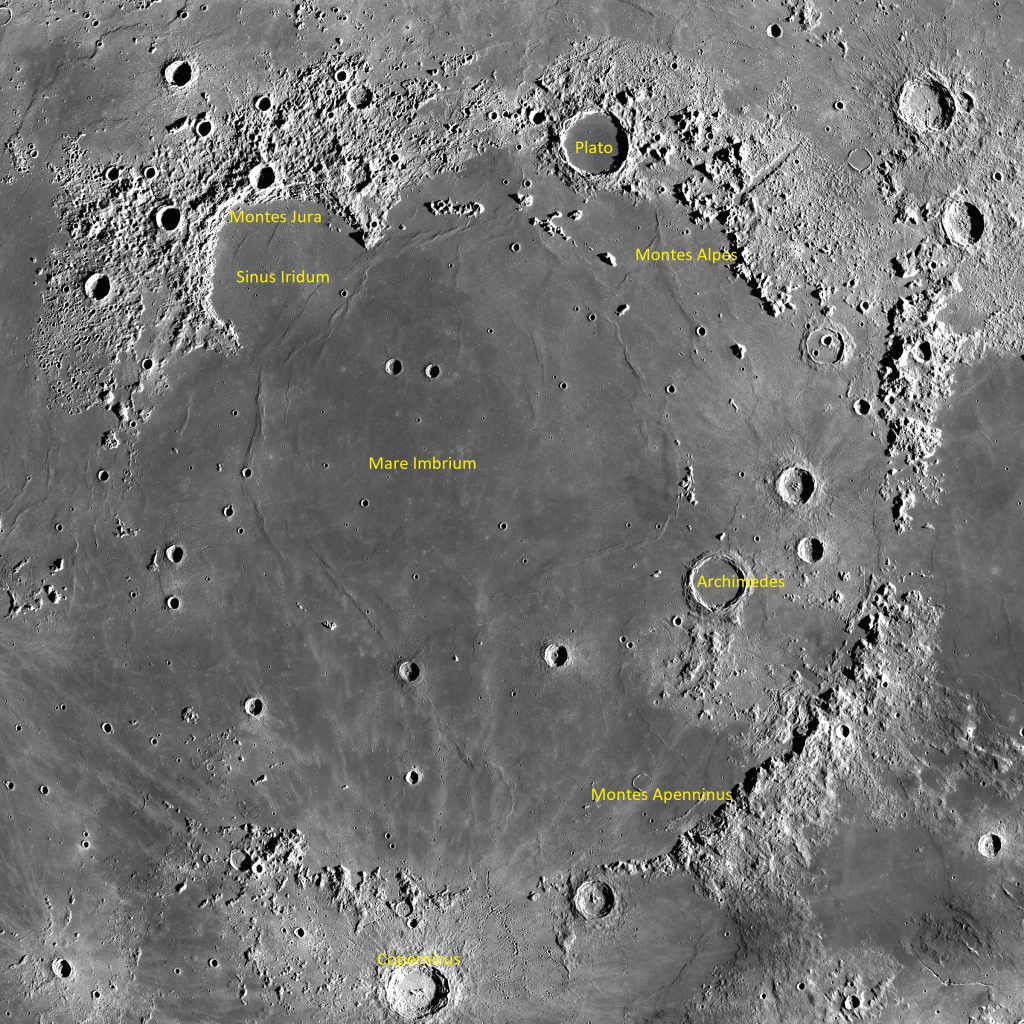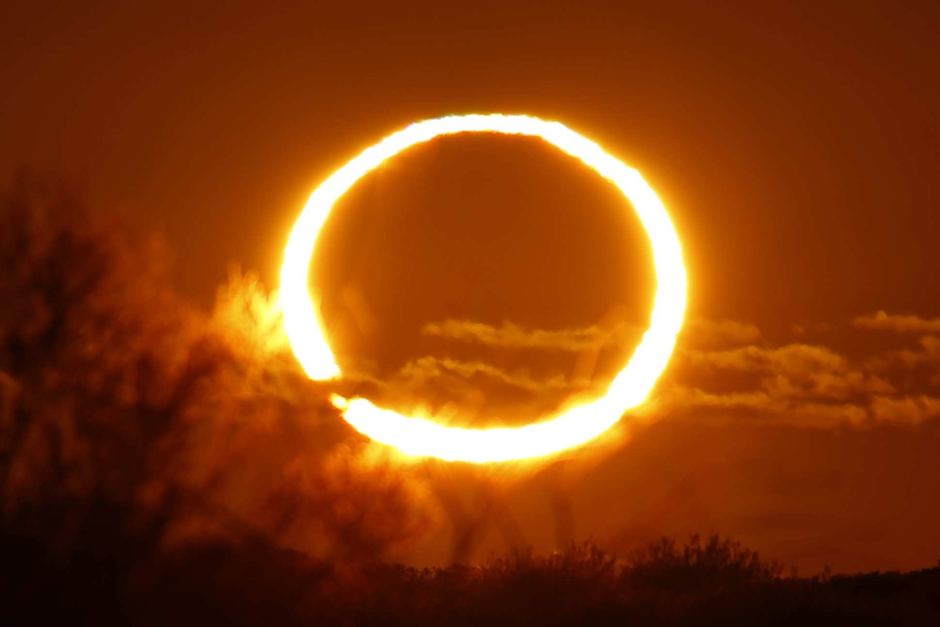The Moon’s Mostly Missing Crescent Covers Planets, See Ceres Crossing Star-Shooting Taurus, and Aquarius’ Lucky Stars!
This colour-composite image of the Helix Nebula (NGC 7293) was created from images obtained using the Wide Field Imager camera on the 2.2-metre ESO telescope at the La Silla observatory in Chile. The colours arise from a shell of gases energized by the radiation of the tiny central star. This image spans the same diameter…
Read more

